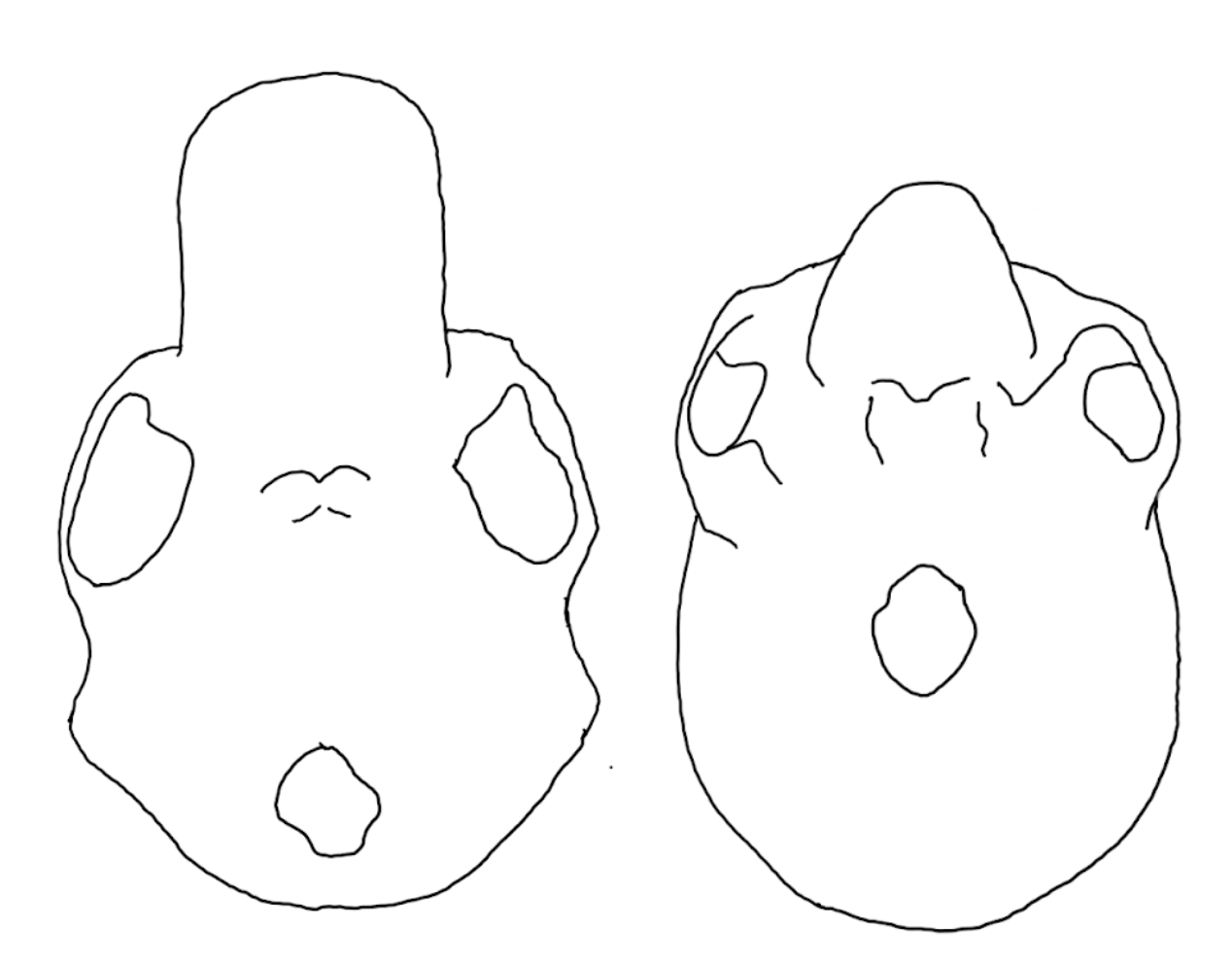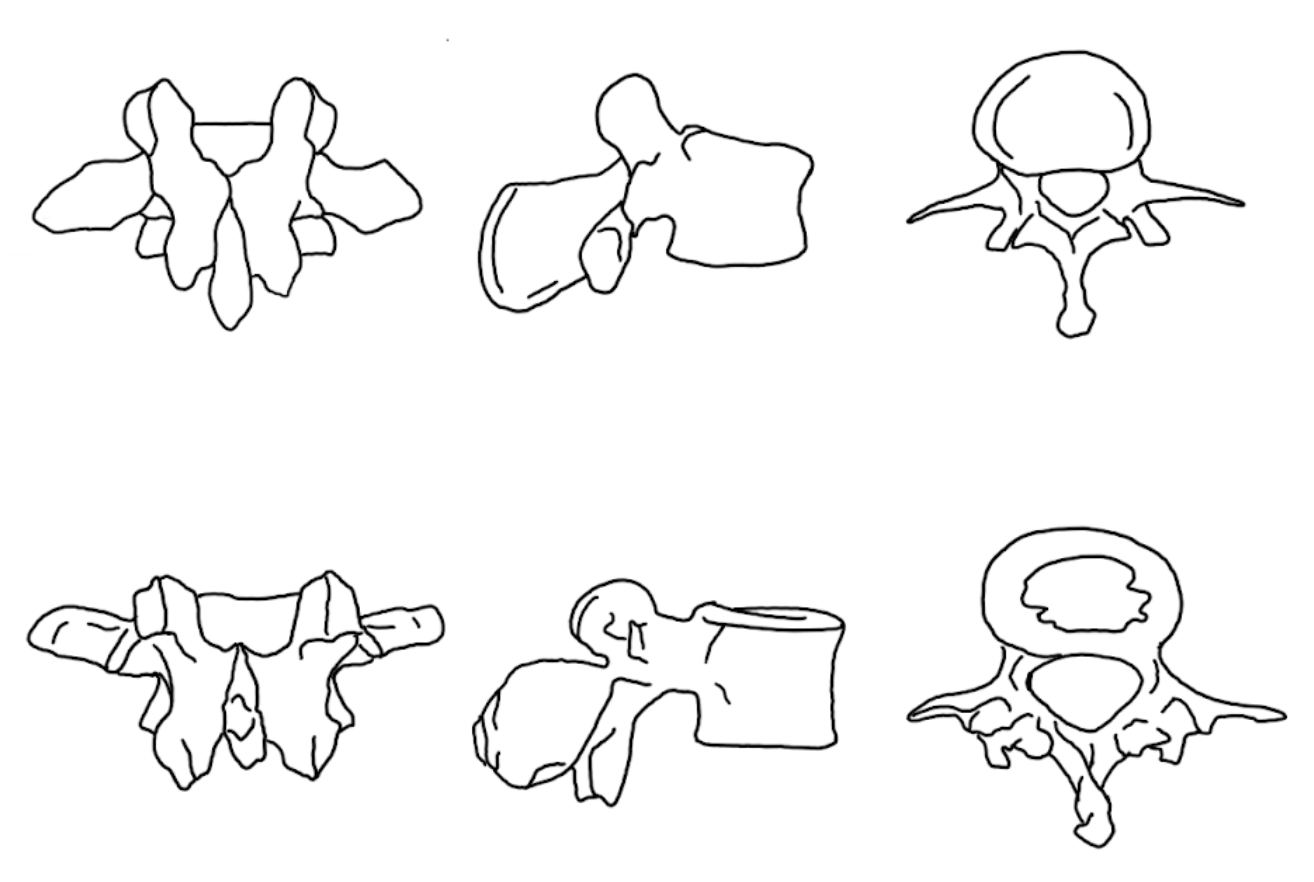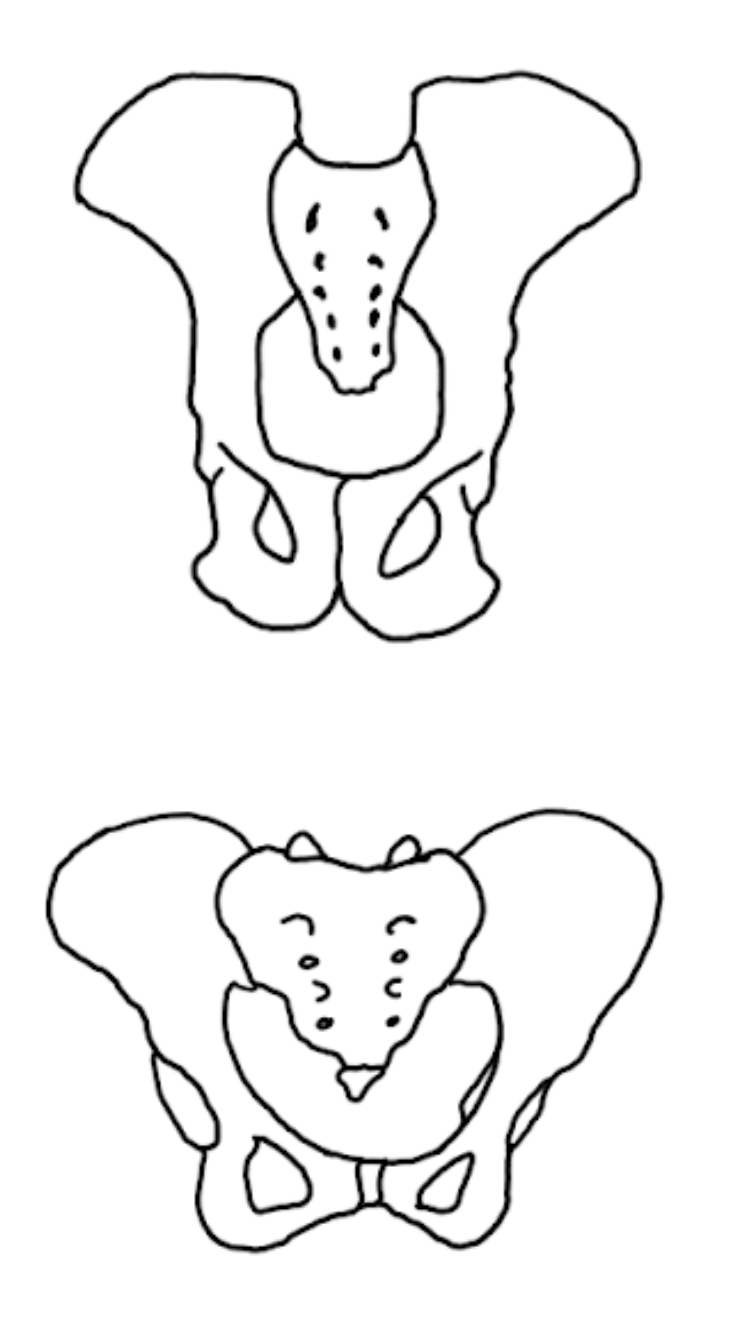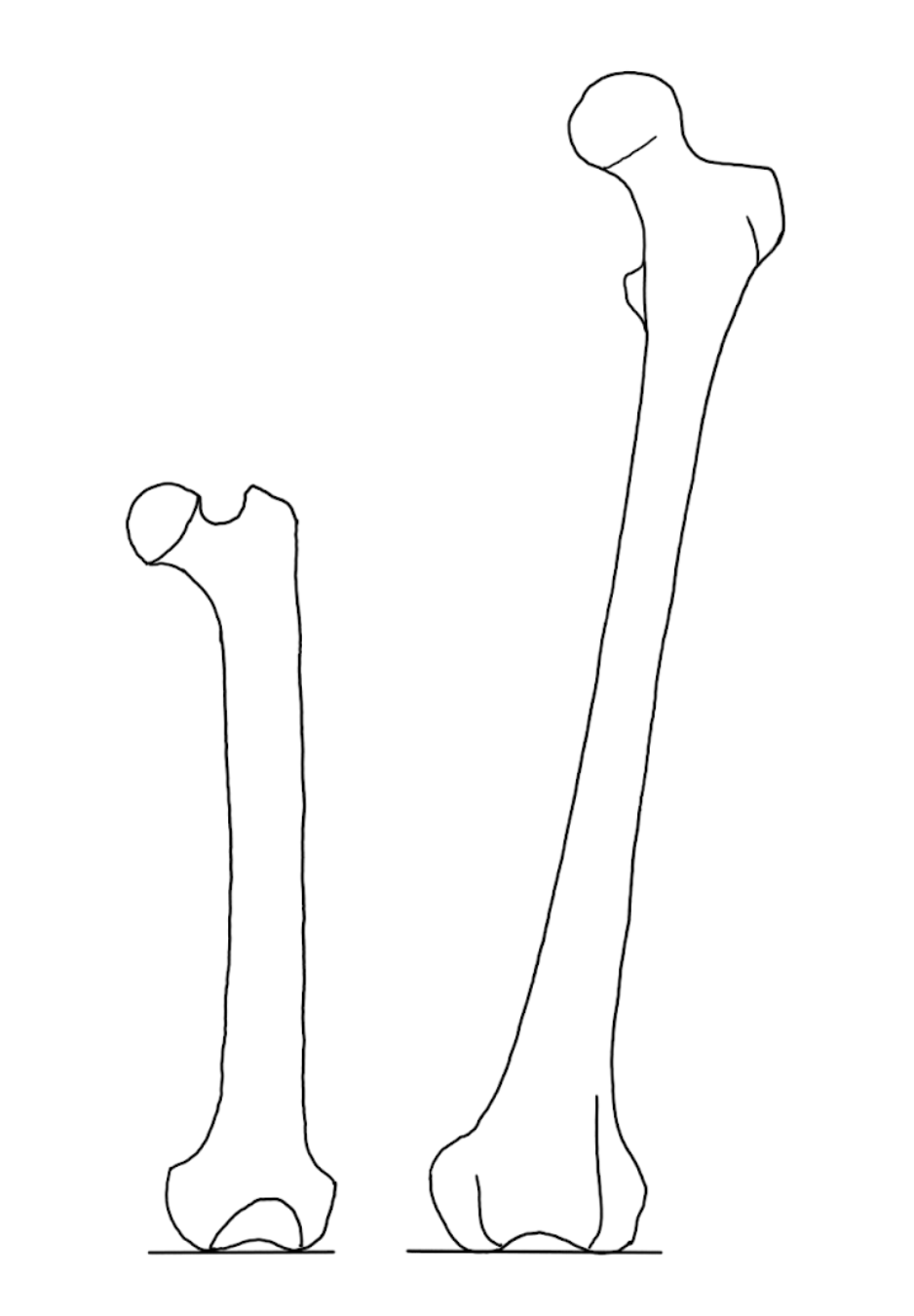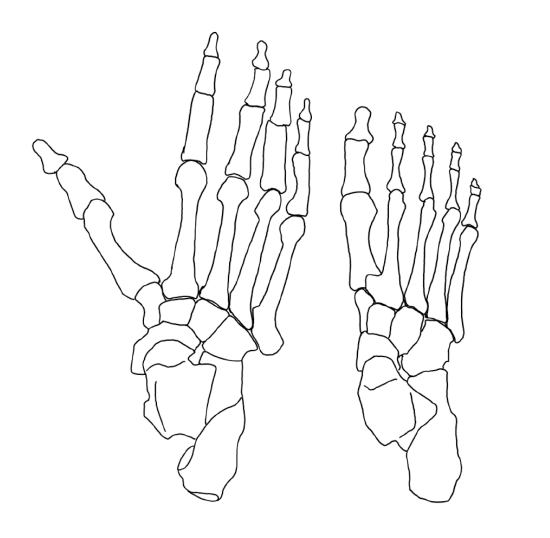9.2: Tactile Evolution
- Page ID
- 138541
\( \newcommand{\vecs}[1]{\overset { \scriptstyle \rightharpoonup} {\mathbf{#1}} } \) \( \newcommand{\vecd}[1]{\overset{-\!-\!\rightharpoonup}{\vphantom{a}\smash {#1}}} \)\(\newcommand{\id}{\mathrm{id}}\) \( \newcommand{\Span}{\mathrm{span}}\) \( \newcommand{\kernel}{\mathrm{null}\,}\) \( \newcommand{\range}{\mathrm{range}\,}\) \( \newcommand{\RealPart}{\mathrm{Re}}\) \( \newcommand{\ImaginaryPart}{\mathrm{Im}}\) \( \newcommand{\Argument}{\mathrm{Arg}}\) \( \newcommand{\norm}[1]{\| #1 \|}\) \( \newcommand{\inner}[2]{\langle #1, #2 \rangle}\) \( \newcommand{\Span}{\mathrm{span}}\) \(\newcommand{\id}{\mathrm{id}}\) \( \newcommand{\Span}{\mathrm{span}}\) \( \newcommand{\kernel}{\mathrm{null}\,}\) \( \newcommand{\range}{\mathrm{range}\,}\) \( \newcommand{\RealPart}{\mathrm{Re}}\) \( \newcommand{\ImaginaryPart}{\mathrm{Im}}\) \( \newcommand{\Argument}{\mathrm{Arg}}\) \( \newcommand{\norm}[1]{\| #1 \|}\) \( \newcommand{\inner}[2]{\langle #1, #2 \rangle}\) \( \newcommand{\Span}{\mathrm{span}}\)\(\newcommand{\AA}{\unicode[.8,0]{x212B}}\)
Tactile Evolution
Learning Objectives
- Visualize and explain morphological changes related to bipedalism
- Use kinesthetic learning to retain information about skeletal features of bipedalism
Supplies Needed
- Element reference sheets (included)
- Modeling clay
Readings
- Yoshida-Levine, Bonnie. 2019. Chapter 9: Early Hominins. Explorations.
Introduction
Steps
- Students may work in groups or individually. Each group or individual receives one ball of clay per skeletal element, the Element Reference Sheet(s), and Student Worksheet.
- Students use the clay to construct the element as it appears in a non-obligate biped, using the Element Reference Sheet for guidance. For this activity, a chimpanzee will be used, but other non-obligate bipeds may be used instead.
- After constructing the non-obligate biped element, students make appropriate changes in order to transform the element into one resembling that of an obligate biped. Students may add, remove, or sculpt the clay to make changes but they must not destroy the prior element. In this case, the modern Homo sapiens will be used as a model, although a different obligate biped may be used instead.
- Students should understand that the model non-obligate biped (i.e. modern chimpanzees) are NOT an ancestor of modern humans. The models are only used to display general characteristics of non-obligate bipeds. The line illustrations are simplified to facilitate easier modeling.
Review Questions
- Discuss the challenges you encountered in transforming the non-obligate biped model into an obligate biped model.
- Which morphological or skeletal changes seemed most significant and why?
- The proportionately smaller upper limbs, and S instead of C curved spines in obligate bipeds can be difficult to model. How did you address this? Why are these features important for obligate bipeds?


